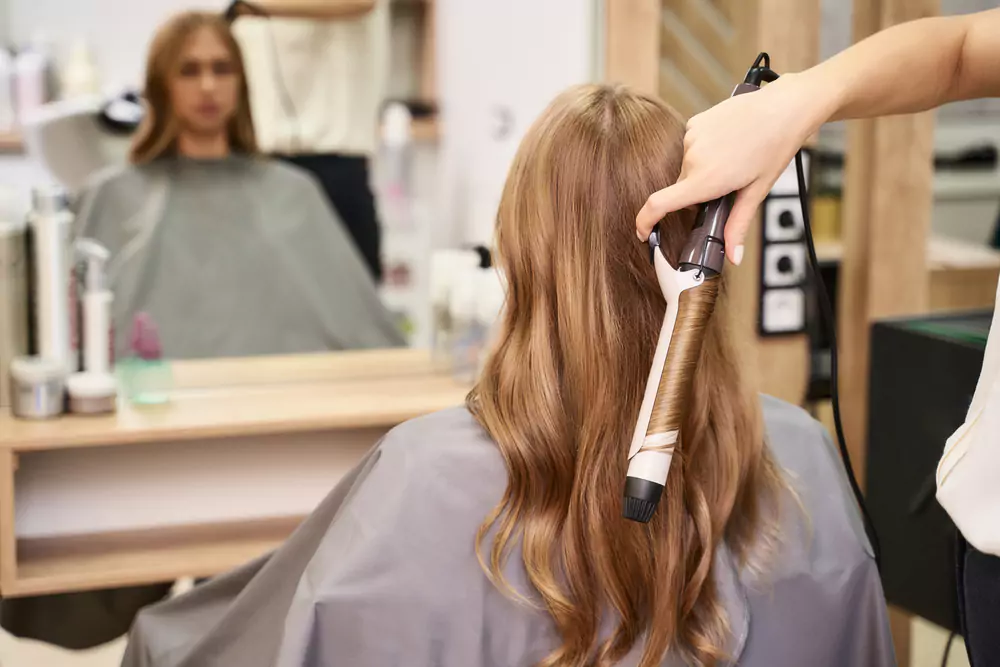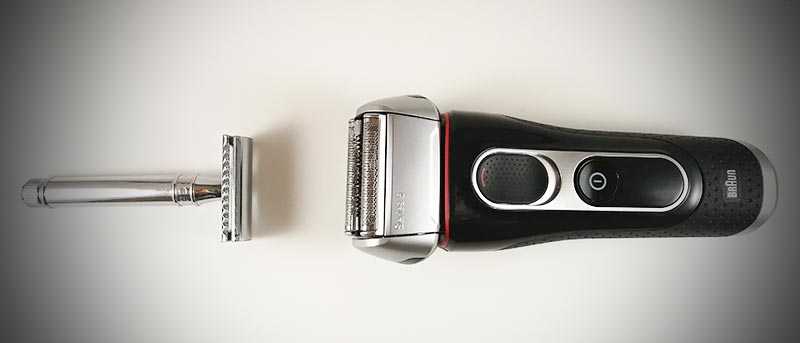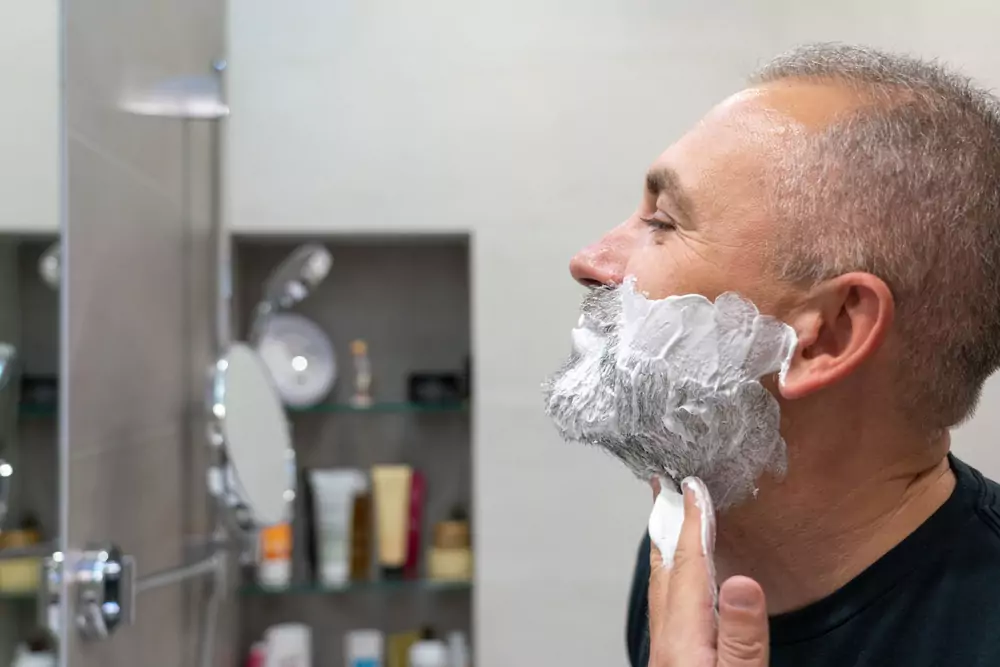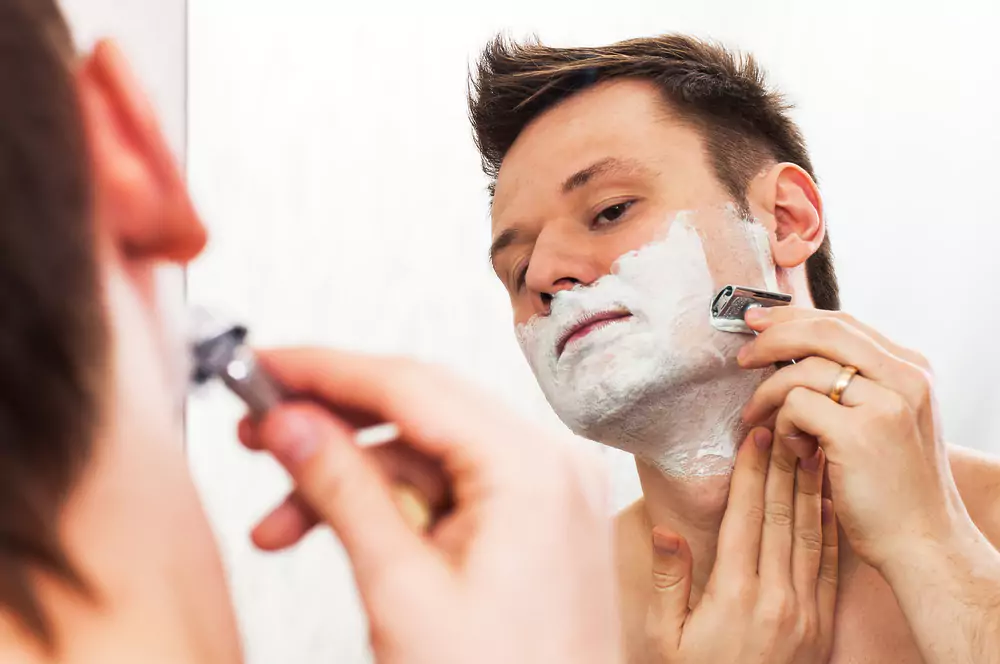When it comes to grooming facial or body hair, the debate between trimming and shaving has been ongoing for quite some time. Both methods have their own set of advantages and disadvantages, and the choice between the two ultimately depends on personal preferences, skin sensitivity, hair type, and desired results. In this comprehensive article, we will delve into the various aspects of trimming and shaving to determine which method may be better suited for different individuals.
Understanding Trimming
Trimming involves using a pair of scissors or an electric trimmer to shorten the length of hair without completely removing it from the skin’s surface. This method is often preferred for maintaining a neat and well-groomed appearance without completely eliminating the hair. Trimming is commonly used for shaping beards, mustaches, sideburns, and even body hair.
Looking for the best trimmer? The Daling DL1047 Professional Trimmer is a versatile and powerful tool designed for precision trimming. Its ergonomic design and sharp blades make it easy to use for both professionals and beginners. The trimmer is equipped with a high-speed motor that ensures efficient and clean cuts, while its adjustable settings allow for customized trimming lengths.
The Daling DL1047 is also designed for comfort, with a lightweight body and a comfortable grip, reducing hand fatigue during extended use. Whether you’re shaping a beard, trimming hair, or detailing intricate designs, the Daling DL1047 Professional Trimmer delivers exceptional results with ease.
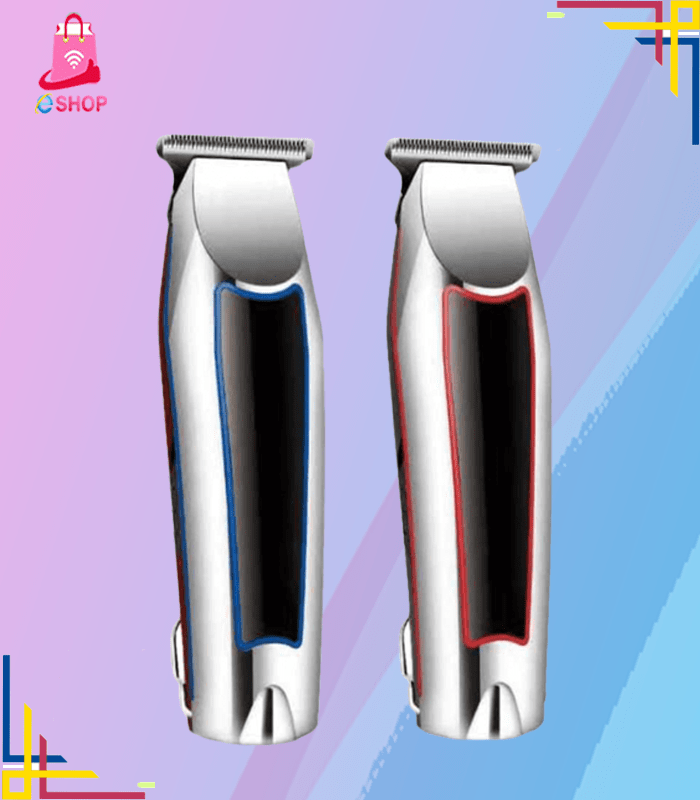

Advantages of Trimming


When deciding between shaving and trimming, there are several advantages to consider when it comes to trimming:
Maintains Natural Look
Trimming allows for the maintenance of a natural look, as it only removes the excess length of the hair without completely removing it from the skin. This can be particularly beneficial for individuals who prefer a more natural appearance and want to avoid the completely smooth look that shaving provides.
Reduced Risk of Irritation
Trimming can help reduce the risk of skin irritation that is commonly associated with shaving. By not cutting the hair too close to the skin, trimming minimizes the likelihood of ingrown hairs, razor burn, and other forms of irritation, making it a suitable option for individuals with sensitive skin.
Versatility in Styling
Trimming offers versatility in styling as it allows for different hair lengths and styles to be achieved. Whether it’s maintaining a stubble, shaping a beard, or achieving a specific hair length, trimming provides the flexibility to create various looks according to personal preference.
Less Maintenance
Compared to shaving, trimming generally requires less frequent maintenance. While shaving often needs to be done daily or every few days to maintain a smooth appearance, trimming can be done less frequently depending on the desired length and style, making it a convenient option for those with busy schedules.
Less Prone to Cuts and Nicks
Trimming reduces the risk of cuts and nicks that are common with shaving, especially when using manual razors. This makes it a safer option for individuals who may not have steady hands or are prone to accidental cuts during shaving.
Disadvantages of Trimming
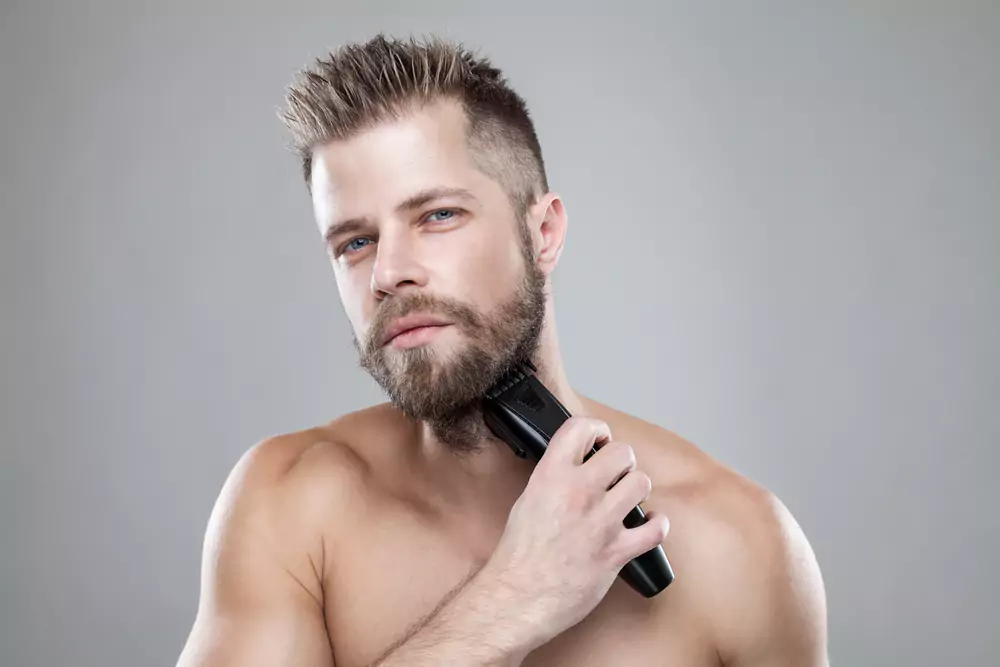

Trimming, while it may seem like a quick fix for unwanted hair, has several disadvantages that you should be aware of before deciding to go through with it. Here are three of the main drawbacks of trimming:
Lack of Precision
Trimming can be a bit hit-or-miss, especially if you’re doing it yourself. It can be difficult to get the scissors or clippers exactly where you want them, which can lead to uneven or unequal cuts. This can be especially problematic if you have curly or thick hair, as it can be difficult to get the scissors through the hair without cutting too much or not enough.
Split Ends
Trimming can cause split ends, especially if you’re using dull or poor-quality tools. When the scissors or clippers are dull, they can cause the hair to split and become damaged, which can lead to breakage and split ends. This can be especially true if you’re trimming your hair too frequently, as this can cause the hair to become weakened and more prone to splitting.
Loss of Length
Trimming can also lead to a loss of length, especially if you’re trimming too much hair. This can be especially problematic if you have long hair, as it can take a long time to grow it back. Additionally, trimming too much hair can make your hair look uneven or patchy, which can be unflattering and may require more frequent trimming to maintain a healthy and attractive look.
Exploring Shaving
Shaving involves using a razor or an electric shaver to completely remove hair from the skin’s surface. This method is popular for achieving a smooth and clean-shaven look on various parts of the body, including the face, legs, and underarms.
Advantages of Shaving
Shaving is a personal grooming choice that many individuals make for various reasons. There are several advantages to shaving, and it’s important to consider these factors when deciding if it’s a good option for you.
Smooth Skin
One of the primary advantages of shaving is the ability to achieve smooth skin. By removing unwanted hair from the surface of the skin, shaving can leave the skin feeling soft and smooth to the touch. This can be particularly appealing for individuals who prefer the sensation of hair-free skin, especially in areas such as the face, legs, or underarms.
Convenience
Shaving offers a convenient way to manage hair removal. Unlike some other methods such as waxing or laser treatments, shaving can be done quickly and easily at home. This makes it a practical choice for individuals with busy schedules or those who prefer to maintain their grooming routine in the comfort of their own space.
Affordability
Another advantage of shaving is its affordability. While initial costs may include purchasing a razor and shaving cream, these items are generally inexpensive and widely available. In comparison to salon treatments or other hair removal methods that require professional assistance, shaving is a cost-effective option for many people.
Versatility
Shaving provides versatility in terms of where and when it can be done. Whether you’re traveling, at home, or in a rush, shaving can be easily incorporated into your routine. Additionally, it can be used on various parts of the body, offering flexibility for individuals who want to manage hair removal in different areas.
Disadvantages of Shaving
Shaving is a common practice for many individuals, but it does come with its disadvantages. Understanding these drawbacks can help in making an informed decision between shaving and trimming.
Skin Irritation and Razor Burn
One of the primary disadvantages of shaving is the potential for skin irritation and razor burn. When shaving, the razor blade can cause friction against the skin, leading to redness, itchiness, and discomfort. This is particularly common in individuals with sensitive skin. The repeated motion of shaving can also lead to ingrown hairs, which can be painful and unsightly. Additionally, if not done carefully, shaving can lead to nicks and cuts, further irritating the skin.
Time-Consuming
Shaving can be a time-consuming process, especially for those who need to shave frequently. It requires preparation such as lathering with shaving cream or gel, careful shaving to avoid cuts, and post-shave skin care to prevent irritation. For individuals with busy schedules, finding time for a thorough shave can be challenging. Moreover, the need for regular shaving maintenance adds up over time, making it a continuous commitment.
Environmental Impact
Another aspect to consider is the environmental impact of shaving. Disposable razors contribute to plastic waste, as they are often discarded after a few uses. This accumulation of disposable razors in landfills can have detrimental effects on the environment.
Which Method Is Better?
The decision between trimming and shaving ultimately depends on individual preferences, lifestyle factors, and desired outcomes. For those who prioritize maintaining a certain length while keeping their facial or body hair well-groomed, trimming may be the preferred choice due to its precision and reduced irritation potential. On the other hand, individuals seeking a smooth and clean-shaven appearance may find shaving more suitable despite its potential for skin irritation and increased maintenance requirements.
It’s important to note that some individuals may choose to incorporate both methods into their grooming routines based on specific areas of the body or desired styles. Ultimately, understanding one’s own skin sensitivity, hair type, and grooming goals can help in making an informed decision between trimming and shaving.
Conclusion
In conclusion, both trimming and shaving have their own set of advantages and disadvantages, making neither method inherently better than the other universally. The choice between the two should be based on individual preferences and considerations related to skin health and grooming needs. For more details, head to Online Shop Sell.
FAQs
Should I Trim Or Shave?
Choosing to trim or shave depends on personal preference; trimming is often preferred for maintaining a neat appearance without complete hair removal.
Is Trimmer Better Than Shaving?
A trimmer can be better than shaving for maintaining facial hair, offering precision and control without the full removal of hair.
Is It Better To Trim Or Shave Pubic Hair?
The decision to trim or shave pubic hair varies, but trimming is generally considered a safer and less irritating option.
Is It Better To Shave Or Trim Back Hair?
Trimming is often preferred over shaving for back hair, providing a manageable and groomed look without the challenges of complete hair removal.


